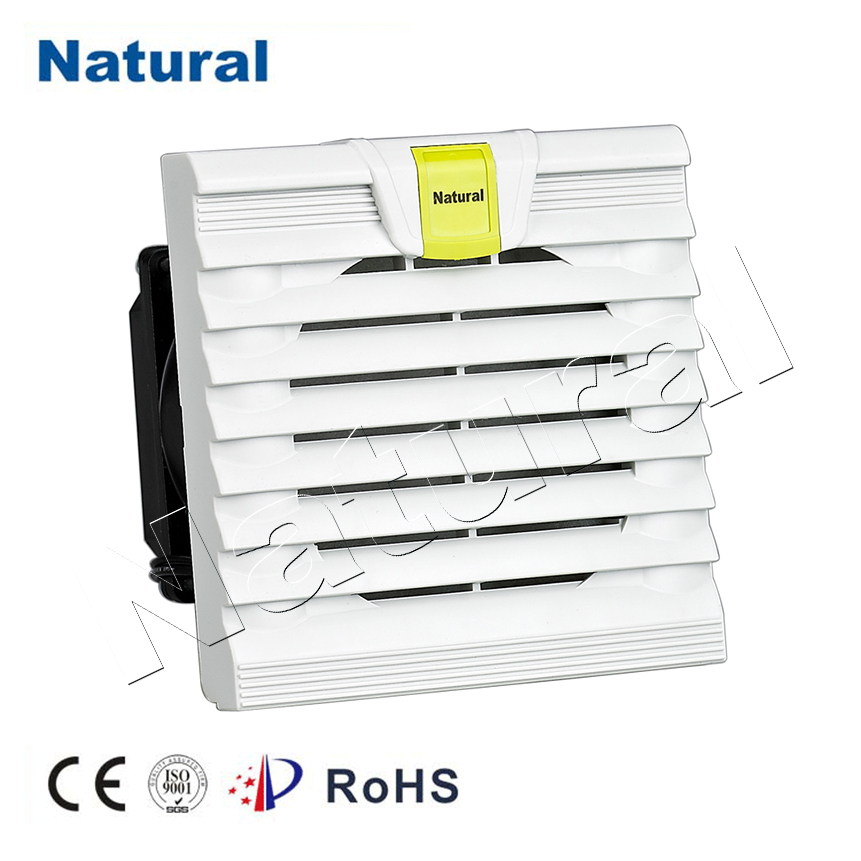Cabinet filters, often referred to as cabin filters or HVAC filters, play a vital role in maintaining indoor air quality and ensuring the efficient functioning of heating, ventilation, and air conditioning (HVAC) systems. In this article, we will explore what cabinet filters are, how they work, and their various applications in improving air quality and system performance.

What Are Cabinet Filters? Cabinet filters are mechanical air filters designed to capture and remove airborne particles, such as dust, pollen, pet dander, and contaminants, from the air circulating within a building. They are typically installed within HVAC systems, either in the return air duct or at the air handler unit. These filters are available in various sizes, shapes, and materials, each designed to serve specific purposes. How Do Cabinet Filters Work? Cabinet filters operate on the principle of mechanical filtration. As air passes through the filter, a mesh or fibrous material traps and retains particles suspended in the air. The effectiveness of a cabinet filter is measured by its MERV (Minimum Efficiency Reporting Value) rating, which ranges from 1 (lowest efficiency) to 20 (highest efficiency). A higher MERV rating indicates a filter’s ability to capture smaller particles and provide better air quality. Applications of Cabinet Filters Improving Indoor Air Quality:One of the primary purposes of cabinet filters is to enhance indoor air quality by removing airborne pollutants and allergens. This is especially important in residential and commercial settings where occupants may suffer from allergies or respiratory conditions. High-efficiency filters with a MERV rating of 8 or above are commonly used for this purpose. Protecting HVAC Systems:Cabinet filters also help protect HVAC equipment by preventing the buildup of dust and debris on sensitive components like coils, fans, and motors. Cleaner system components operate more efficiently and have a longer lifespan, reducing maintenance costs. Enhancing Energy Efficiency:When HVAC systems are fitted with effective cabinet filters, they can operate with greater efficiency. Clean filters allow for better airflow, reducing the system’s energy consumption and lowering utility bills. Contaminant Control in Industrial Settings:In industrial facilities, cabinet filters are used to control and eliminate harmful contaminants, such as fumes, smoke, and airborne particles. Specialized filters, like HEPA (High-Efficiency Particulate Air) filters, are employed in these environments to ensure the highest level of air quality. Hospital and Healthcare Facilities:Hospitals and healthcare facilities use cabinet filters with high MERV ratings to maintain sterile environments and prevent the spread of airborne infections. Clean Rooms:Industries like pharmaceuticals, electronics manufacturing, and biotechnology rely on clean rooms equipped with HEPA or ULPA (Ultra-Low Penetration Air) filters to maintain a sterile and controlled atmosphere. Maintenance and Replacement Proper maintenance of cabinet filters is crucial for their effectiveness. Filters should be inspected regularly, and their replacement schedule should be followed to prevent clogs and reduce energy consumption. Depending on usage and the type of filter, replacement may be needed every one to three months. Conclusion Cabinet filters are essential components of HVAC systems that have a significant impact on indoor air quality and system performance. By understanding how they work and their various applications, individuals and businesses can make informed decisions to ensure clean, healthy air and efficient HVAC operation. Regular maintenance and the selection of the appropriate filter for a specific environment are key to maximizing the benefits of cabinet filters.